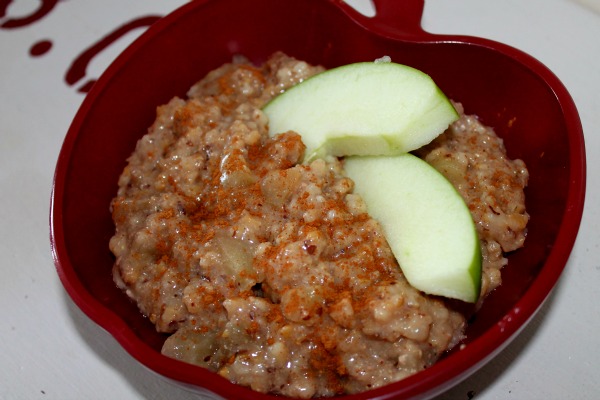My Blog = My Life: milk
Monkey Bread
How A Single Income Family Can Afford A Whole-Food Diet

Cinnamon Raisin Bread
Nursing Time Essentials
Spinach Bacon Breakfast Bake

How To Make Gluten-Free "Cream Of ____" Soups

9 Ways To Increase Your Breast-Milk Supply

Refrigerator Cleaning Tips

Why Would You Keep Having Children In Such A Scary World?

Good Morning! Breakfast Smoothie

Linguine with Garlic Sauce | A New Favorite!

The Best Men Are Men At Best | A Christian Response To Doctors, Medicine and Healthcare

Coconut Oil Banana Muffins

Put The Phone Down And Be A Mother
Boerenkool met Worst

3-Ingredient Chocolate Fudge & Other Ideas For Last-Minute Holiday Baking

Flea Market Finds Pour La Semaine Trente-Huit
Pumpkin Streusel Muffins

A Tribute To My Husband On Our 5th Anniversary

Real Food for the Real Homemaker (Cookbook Giveaway!)








